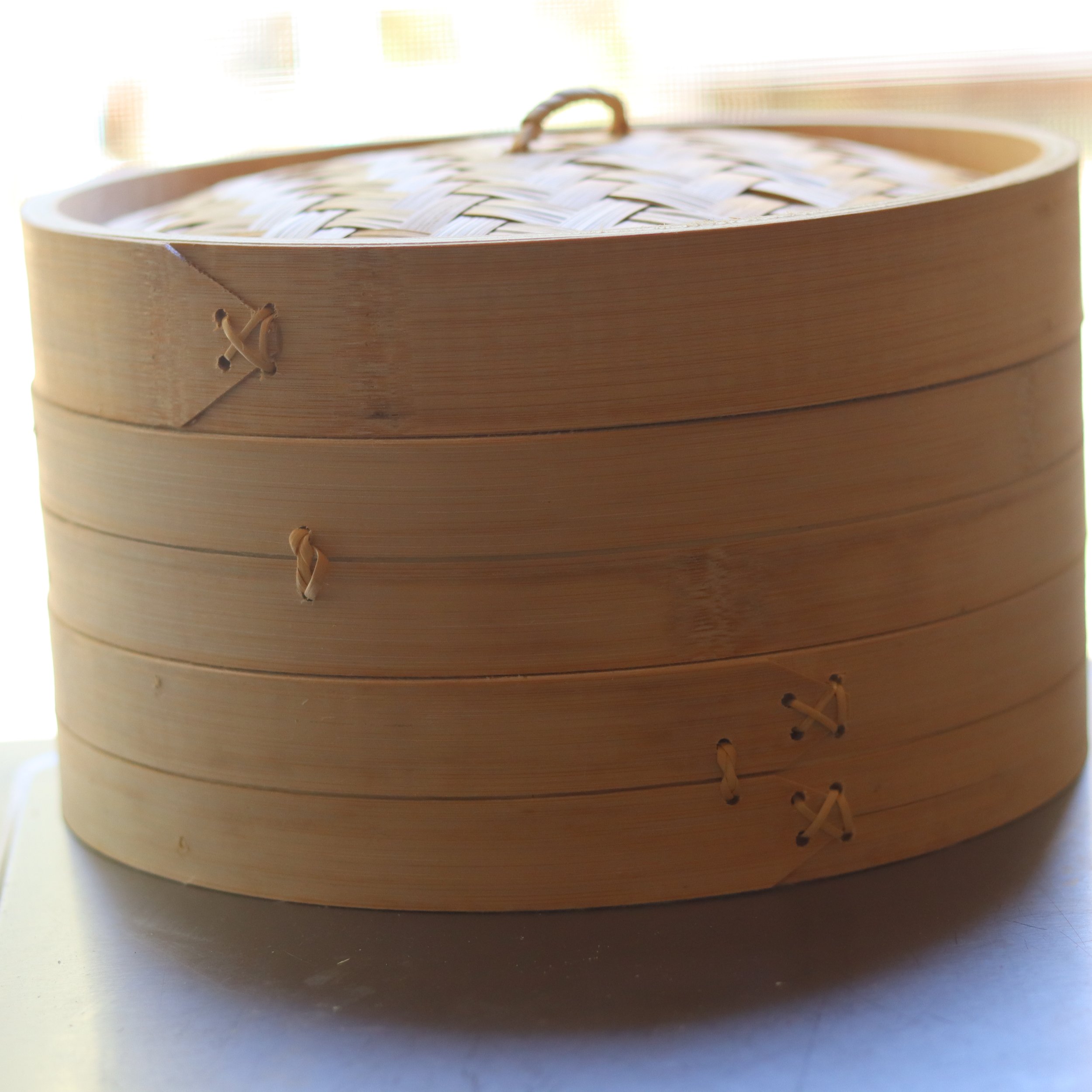

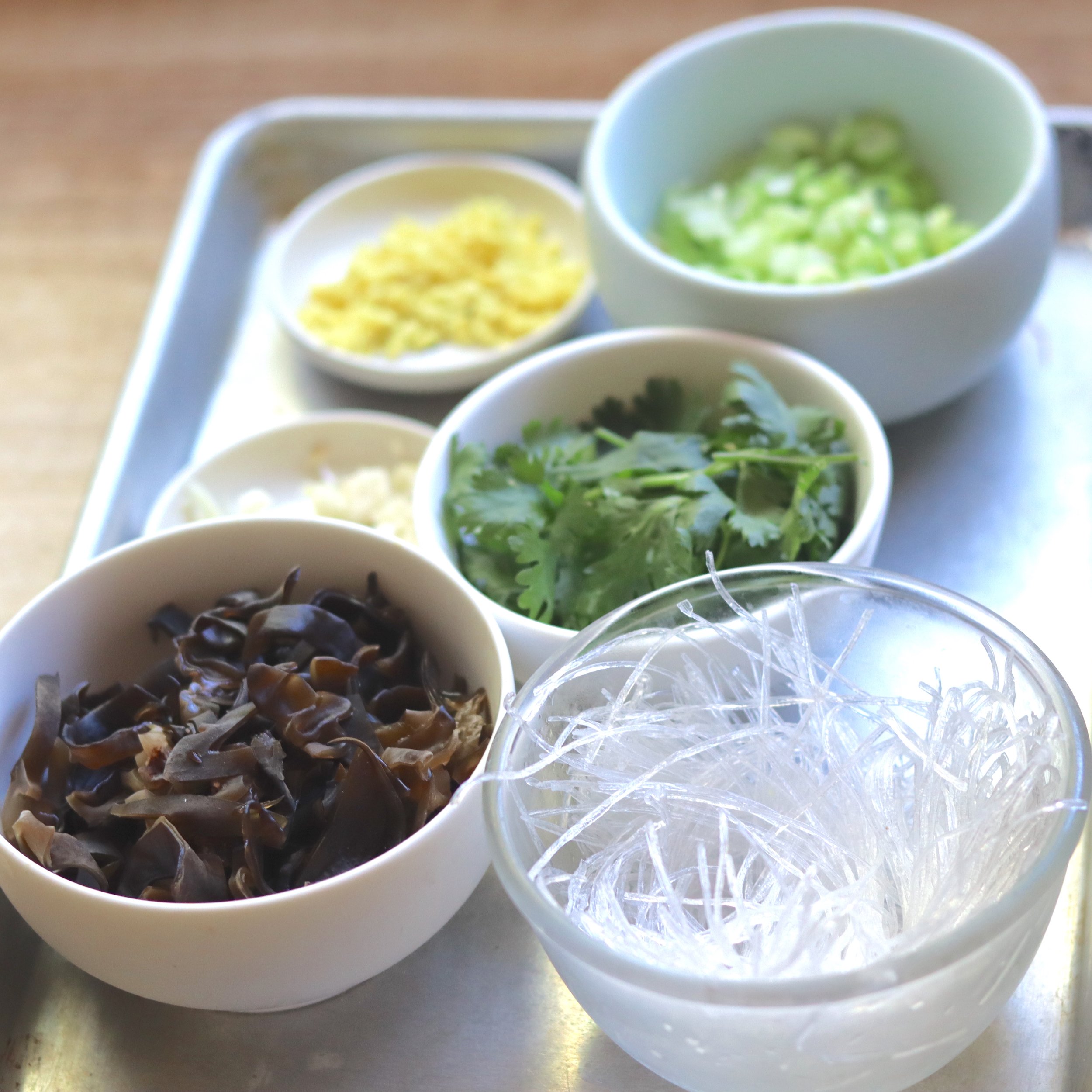
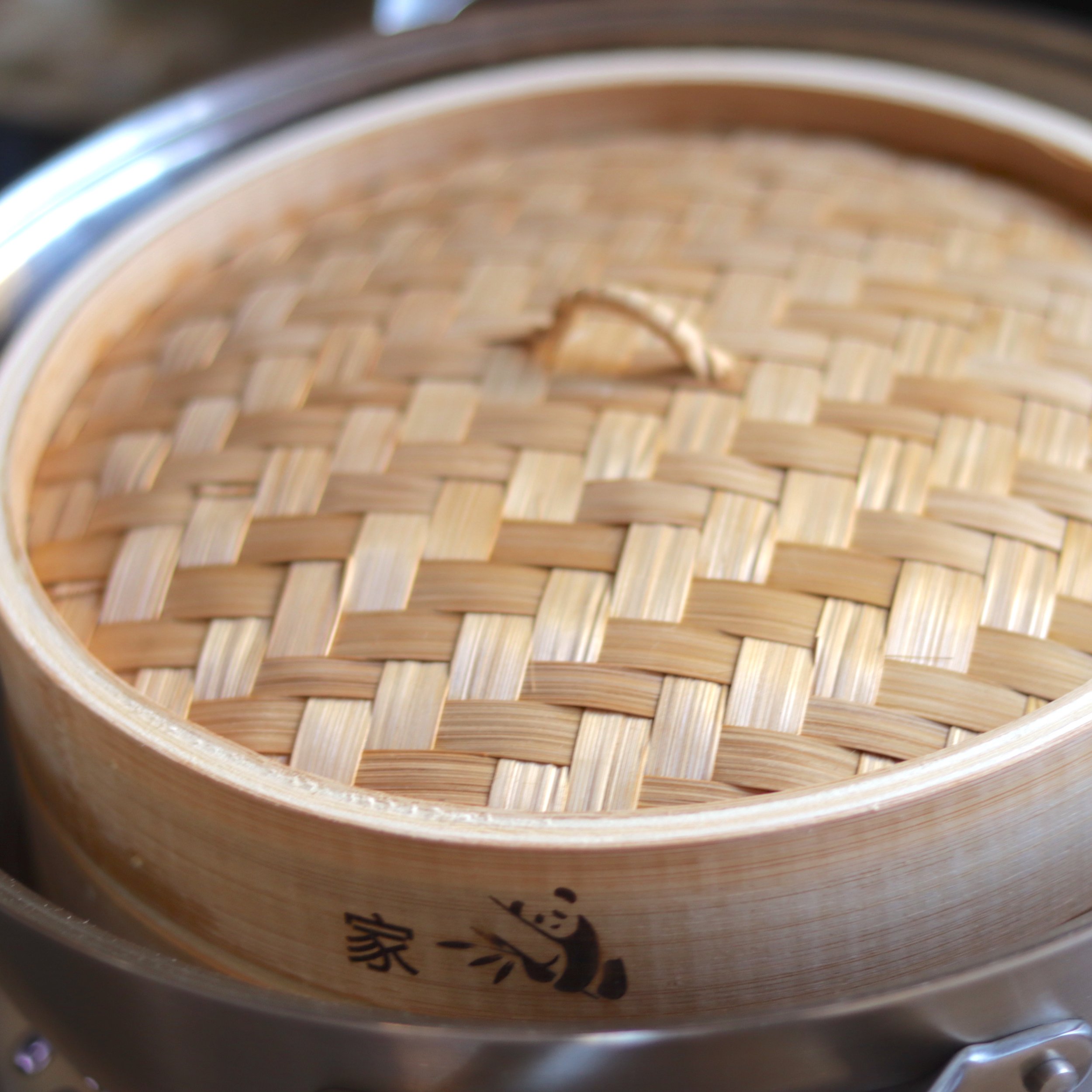
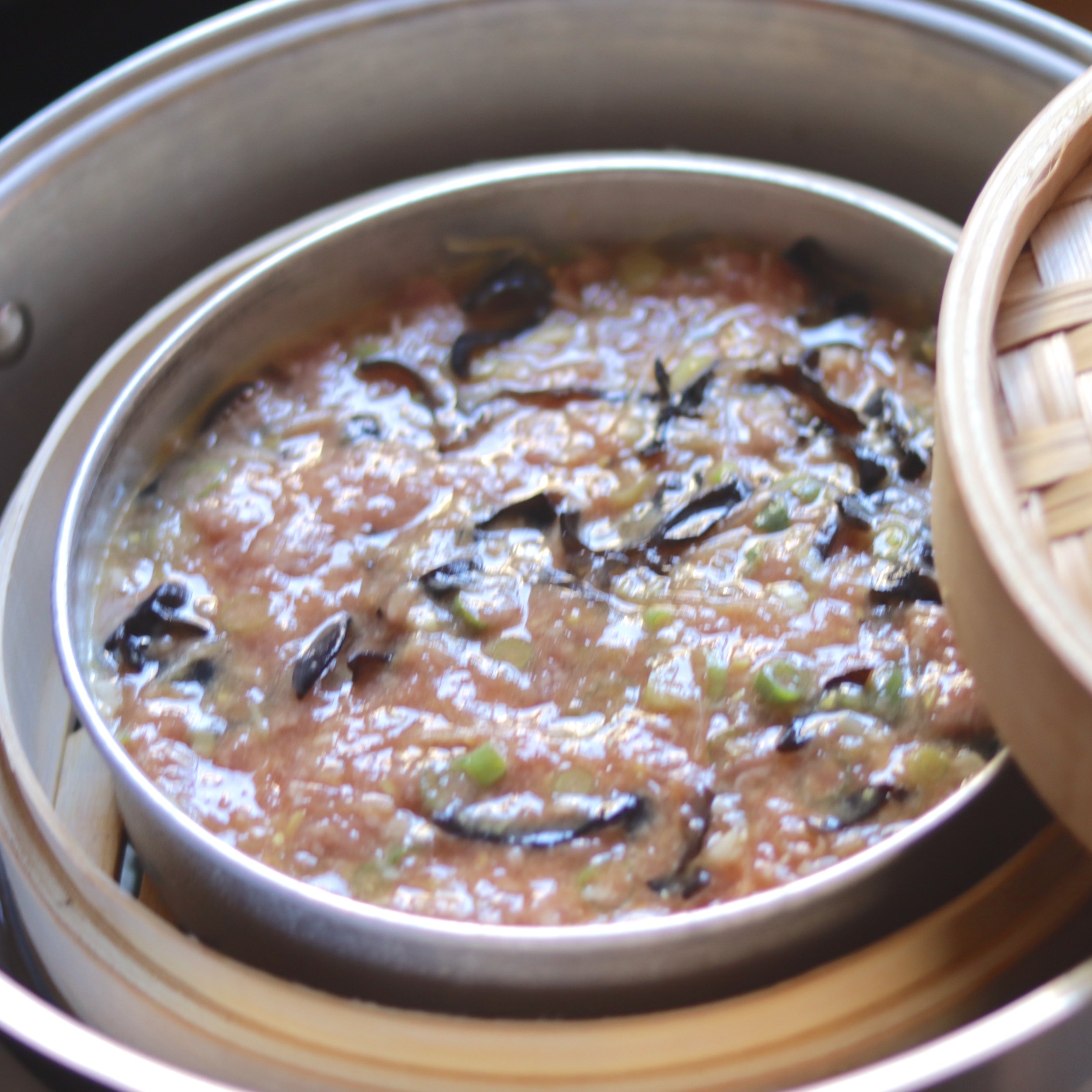

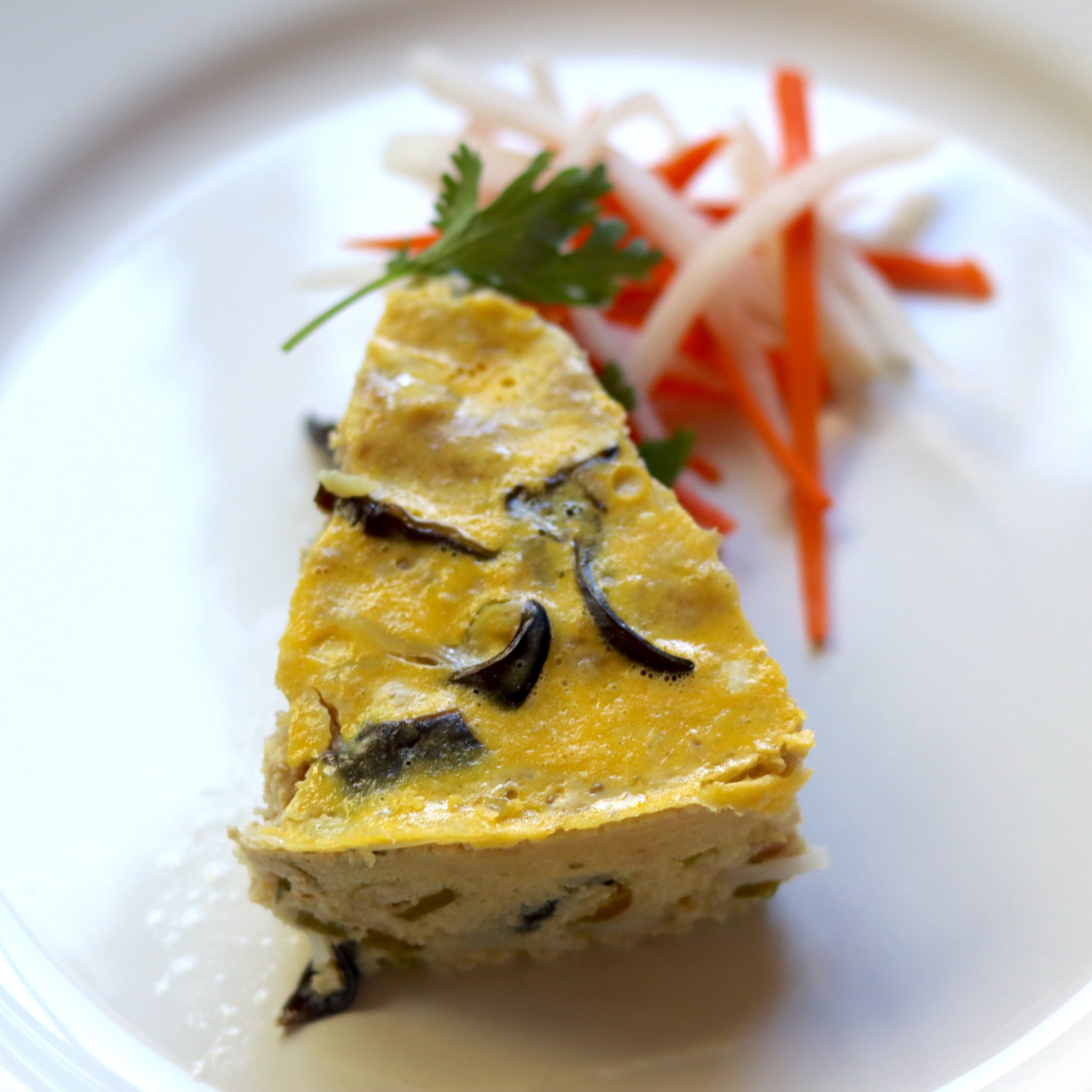
This recipe is sponsored by:
There’s nothing an egg can’t crack. #CrackItWithAnEgg

Chả Trứng Hấp | Vietnamese Egg Terrine
Ingredients
Instructions
- Coat the 8" pie tin with 1 tbsp. of cooking oil
- Set aside 6 egg yolks to glaze the egg terrine towards the end of the cooking process.
- Rehydrate the mung bean noodles in ambient water for 15 minutes. Then drain the water.
- In a large mixing bowl, combine all the remaining ingredients in a large mixing.
- Thoroughly incorporate the mixture for 5 minutes with your hands.
- Pour the egg and meat mixture into the pie tin.
- Nestle the bamboo steamer into a large wide pot.
- Fill the pot halfway with water.
- Bring the pot to a boil on medium heat. And refill as needed.
- Place the egg terrine tin into the steamer.
- Steam for 40 minutes. Or when the internal temperature of the egg terrine reaches 160 ℉.
- Whisk the egg yolks that were reserved earlier.
- Use a pastry brush to glaze the egg terrine with the egg yolks
- Steam the egg terrine for another 5 minutes.
- Remove the egg terrine from the steamer and let it sit for 20 minutes before cutting into it.
- Serve with a side of rice, banh mi pickles and sriracha.

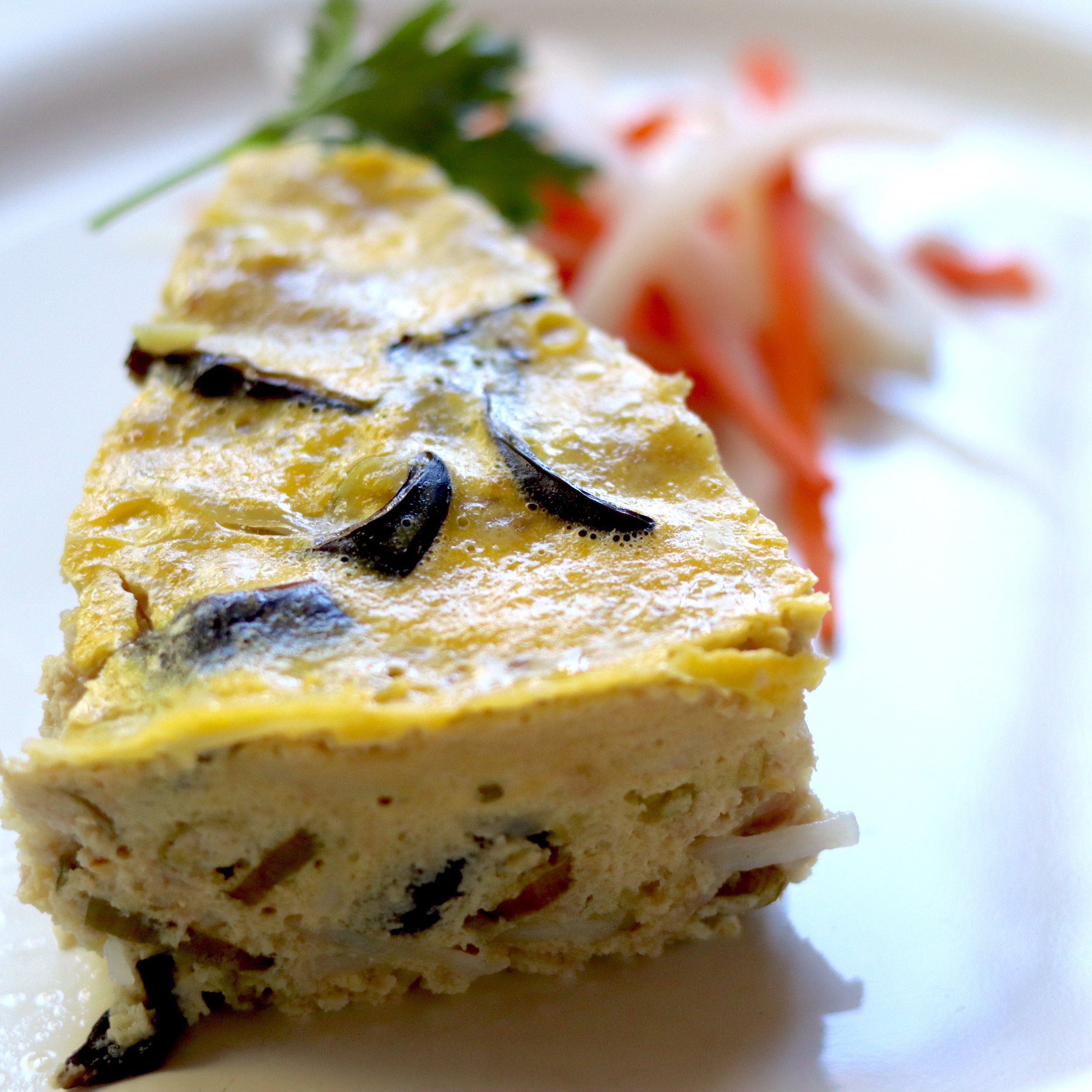









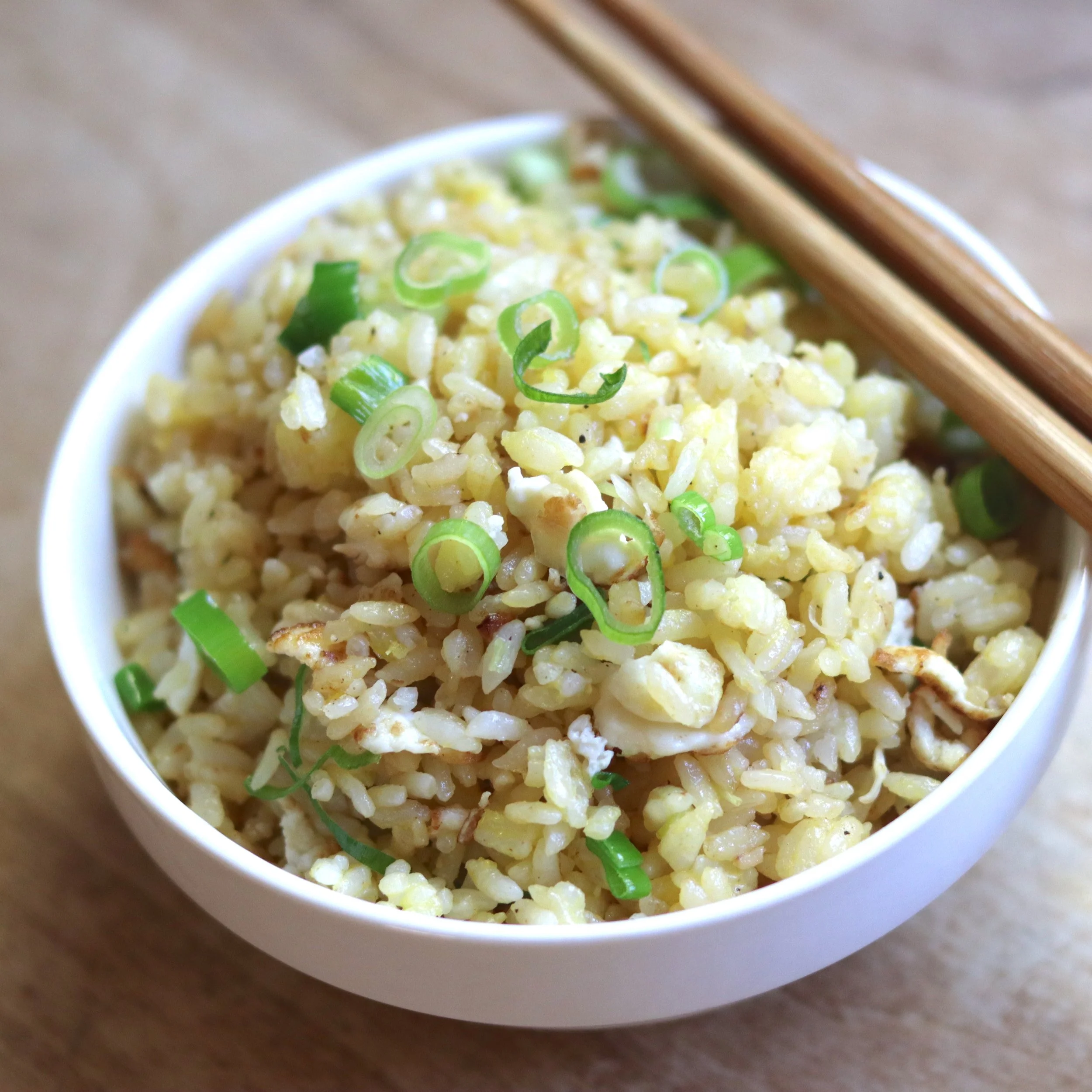
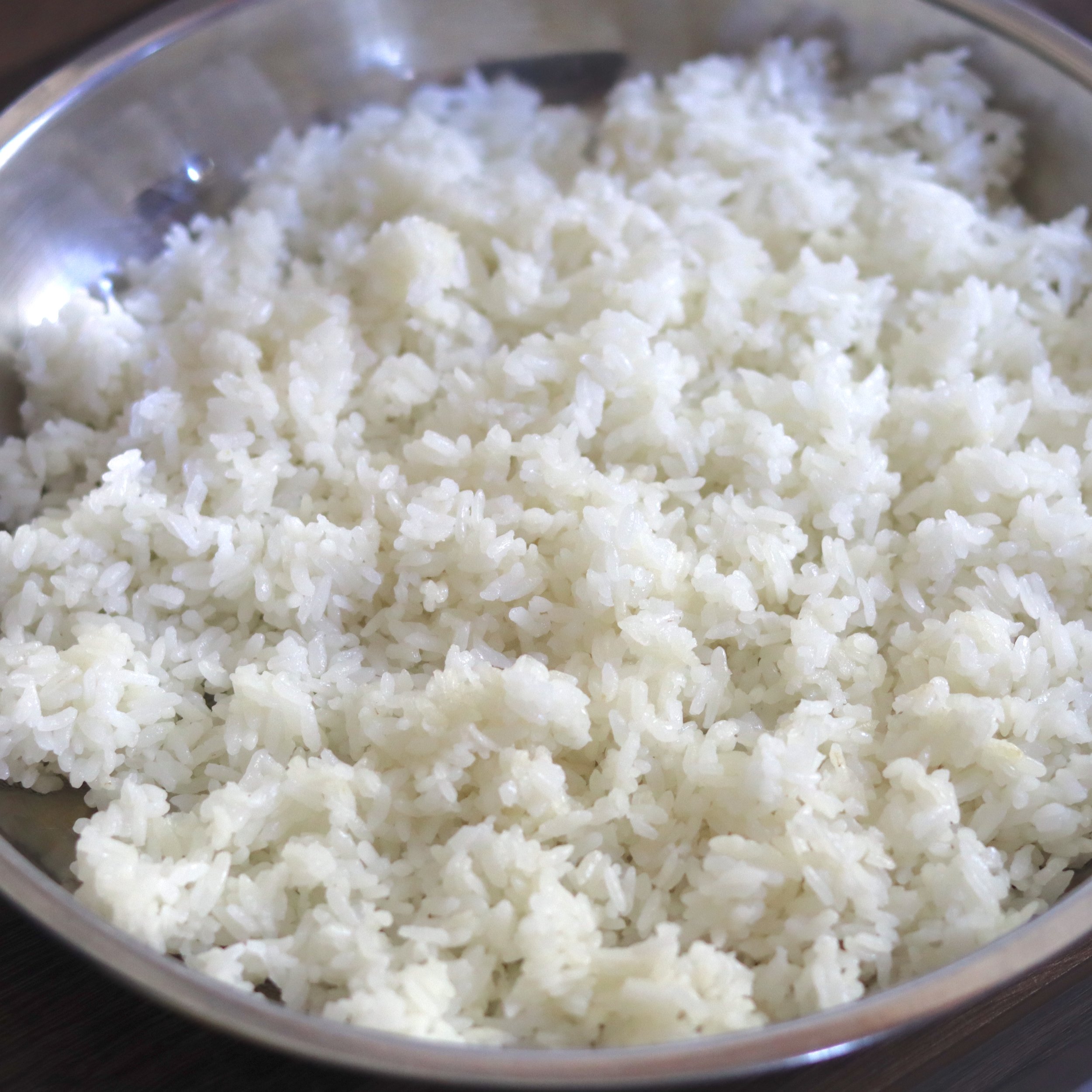
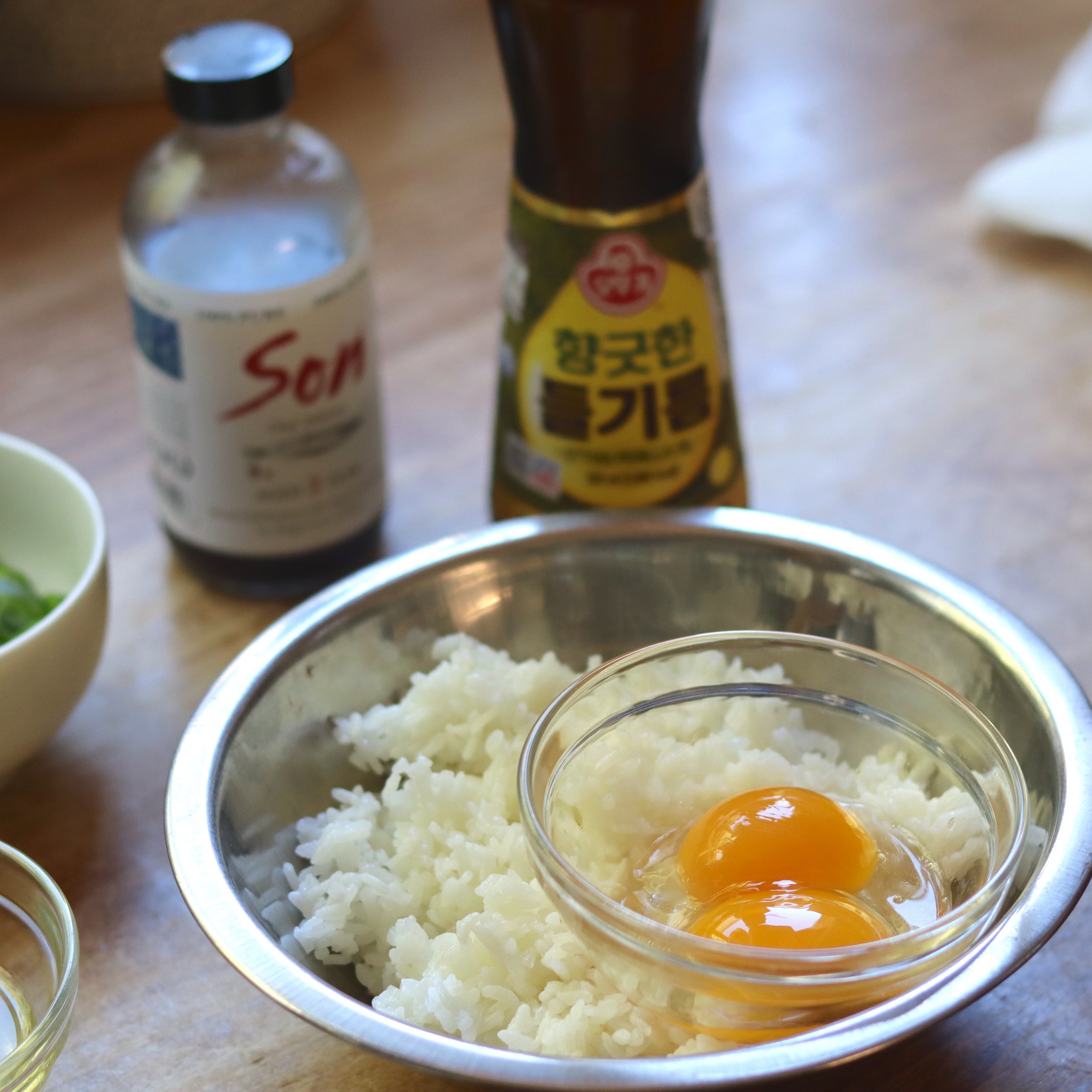
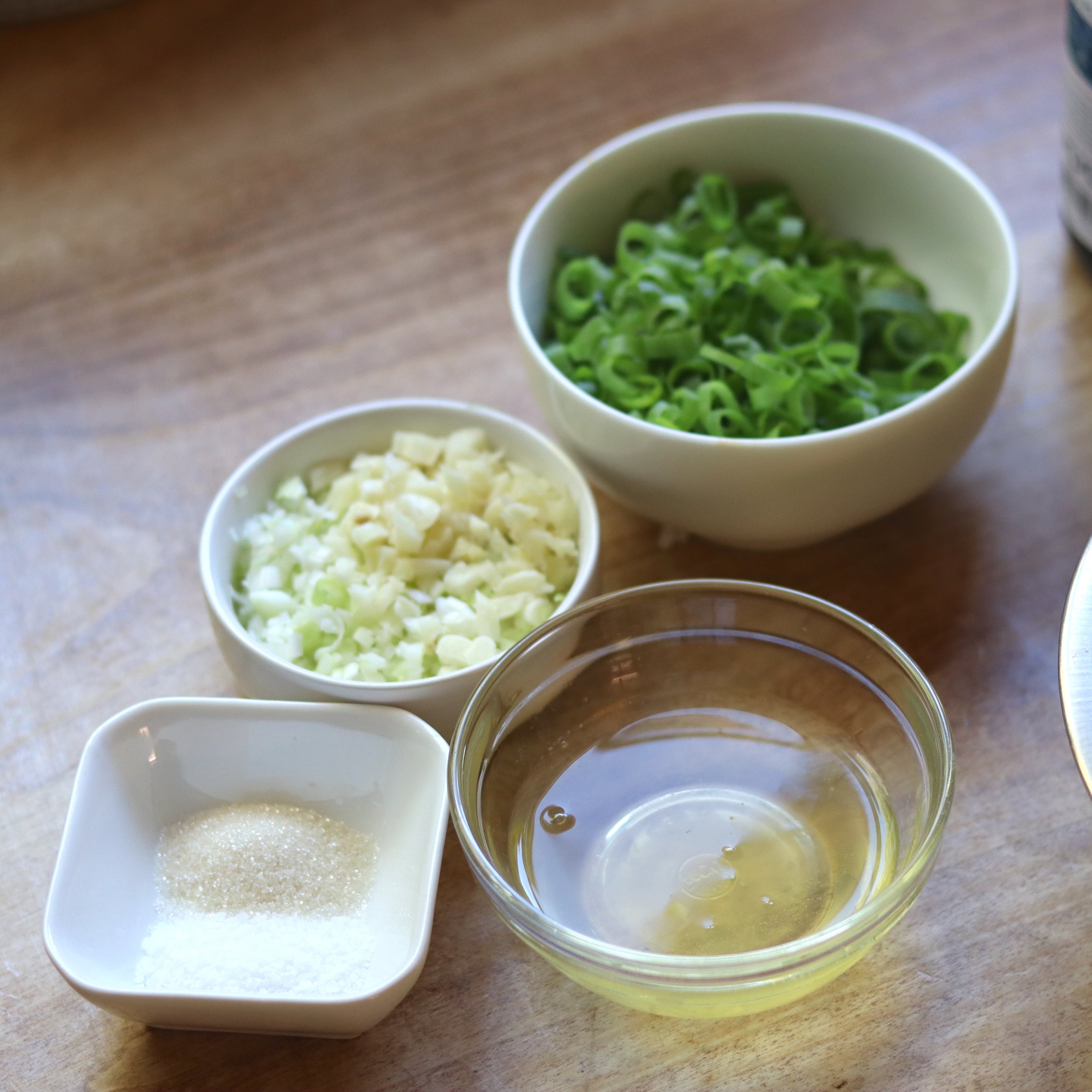
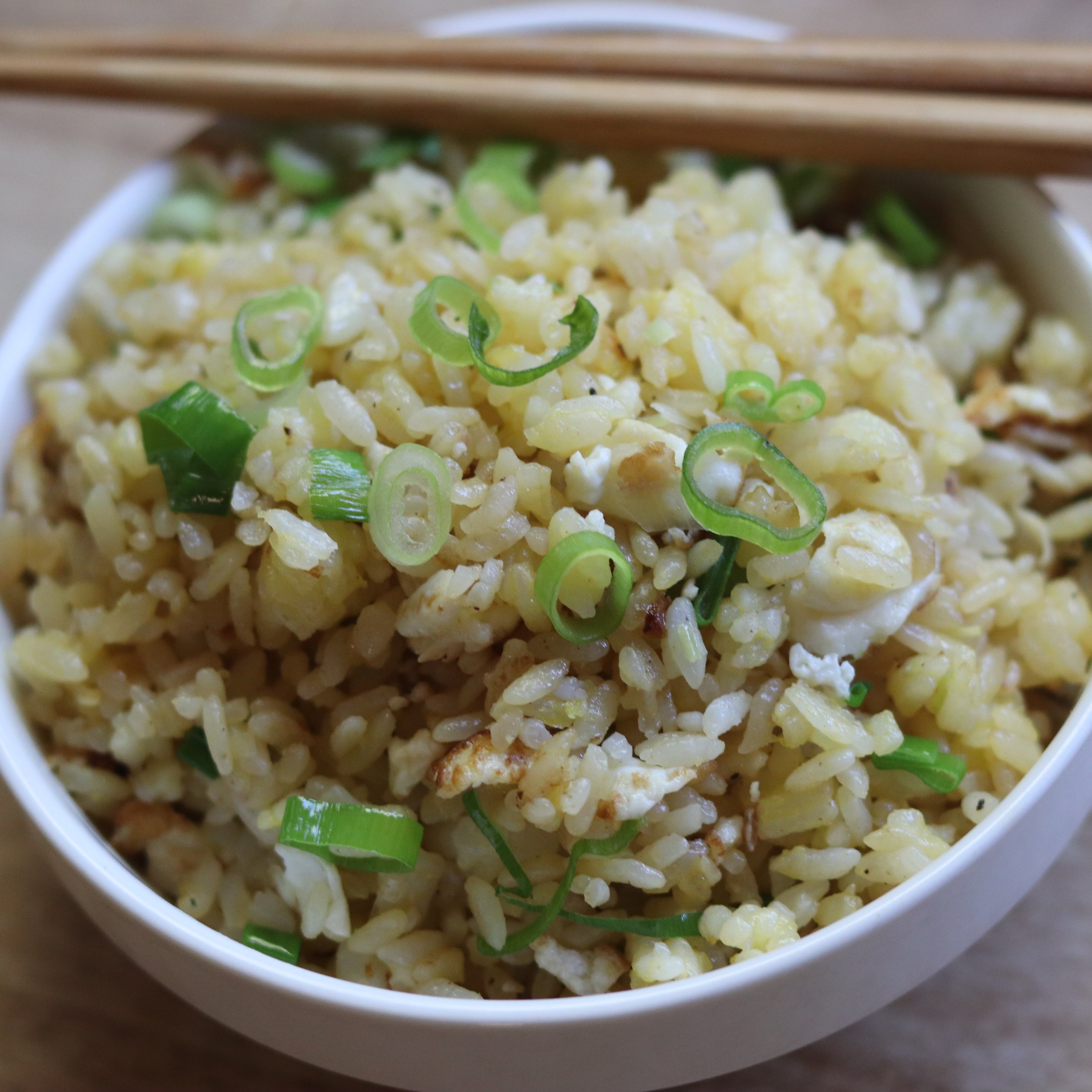





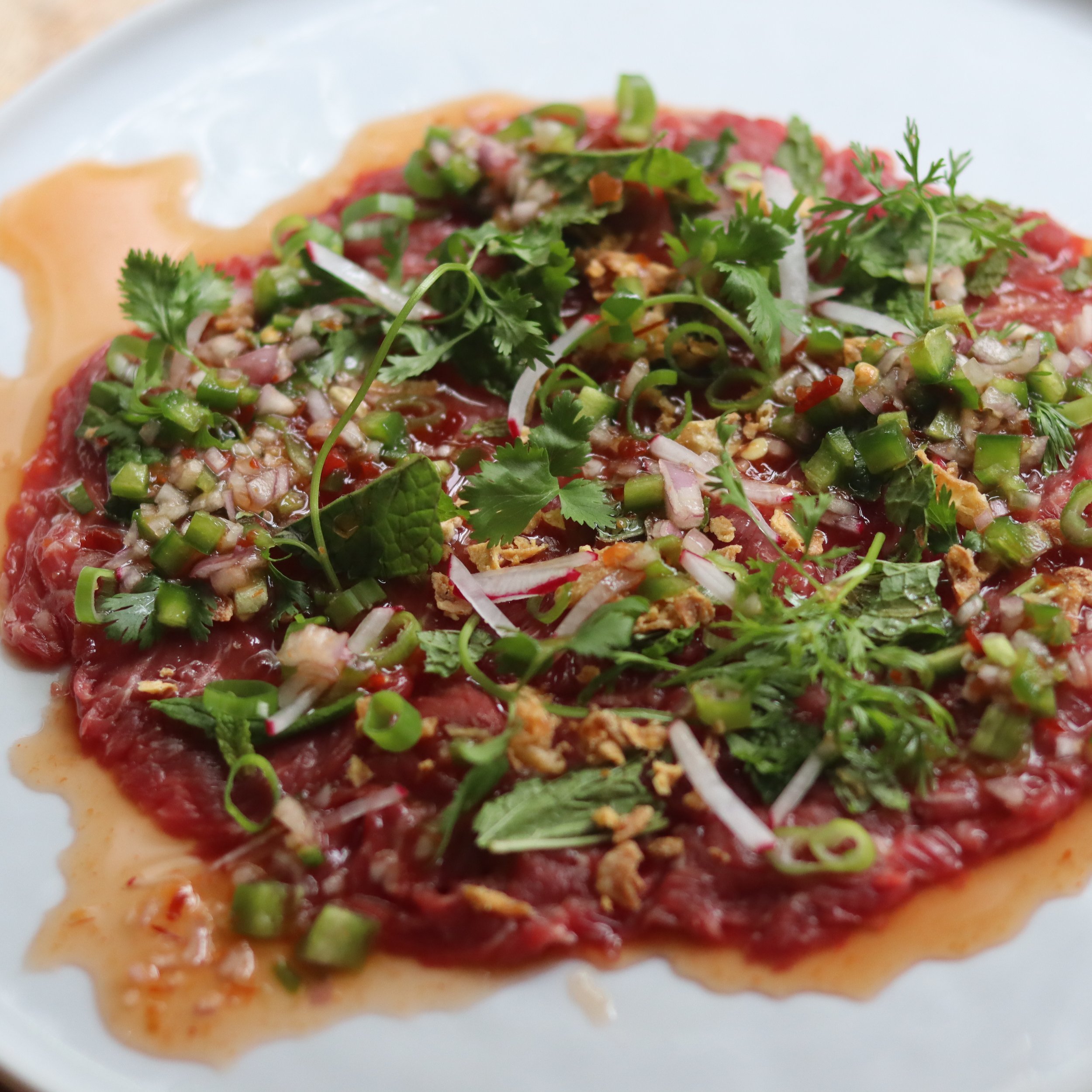
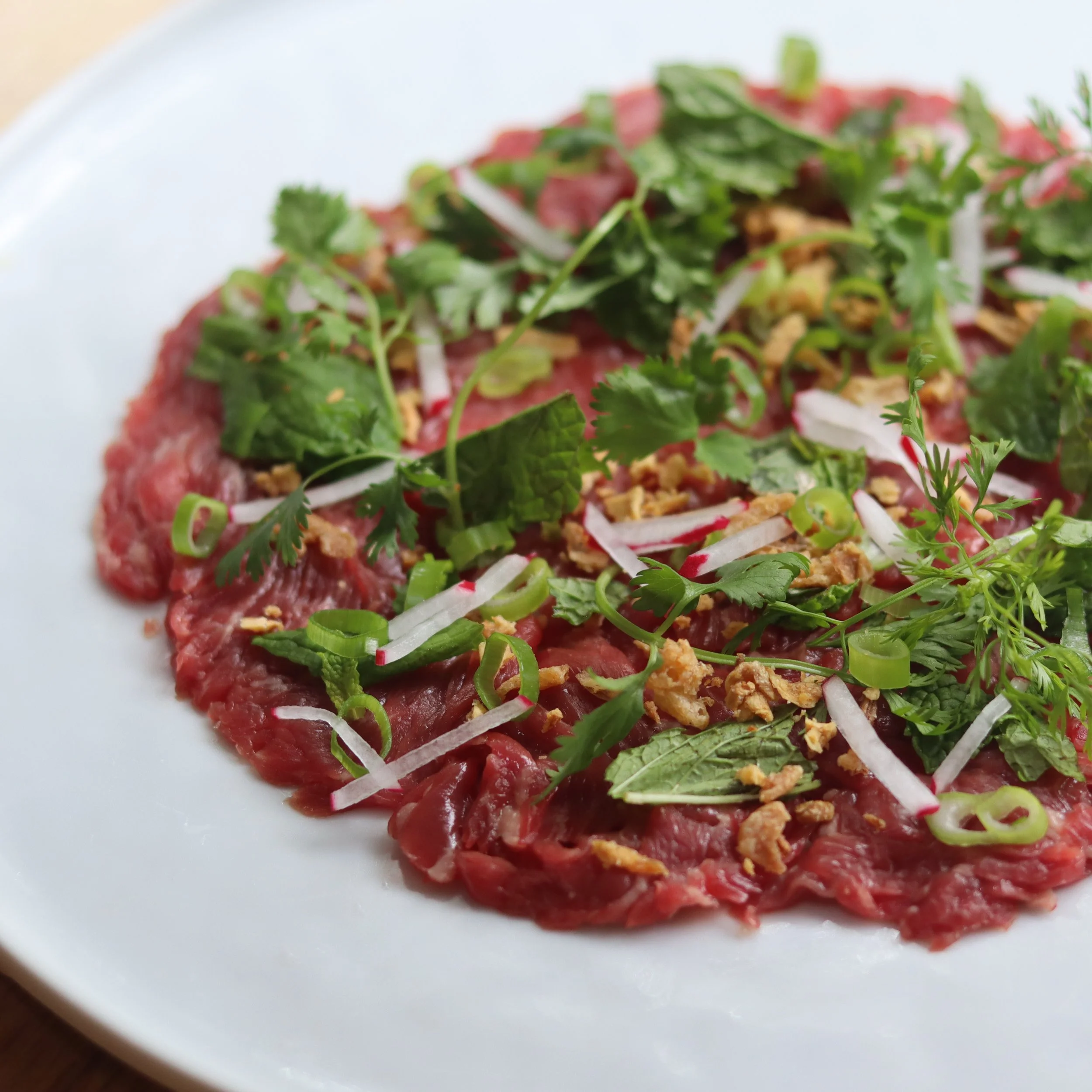
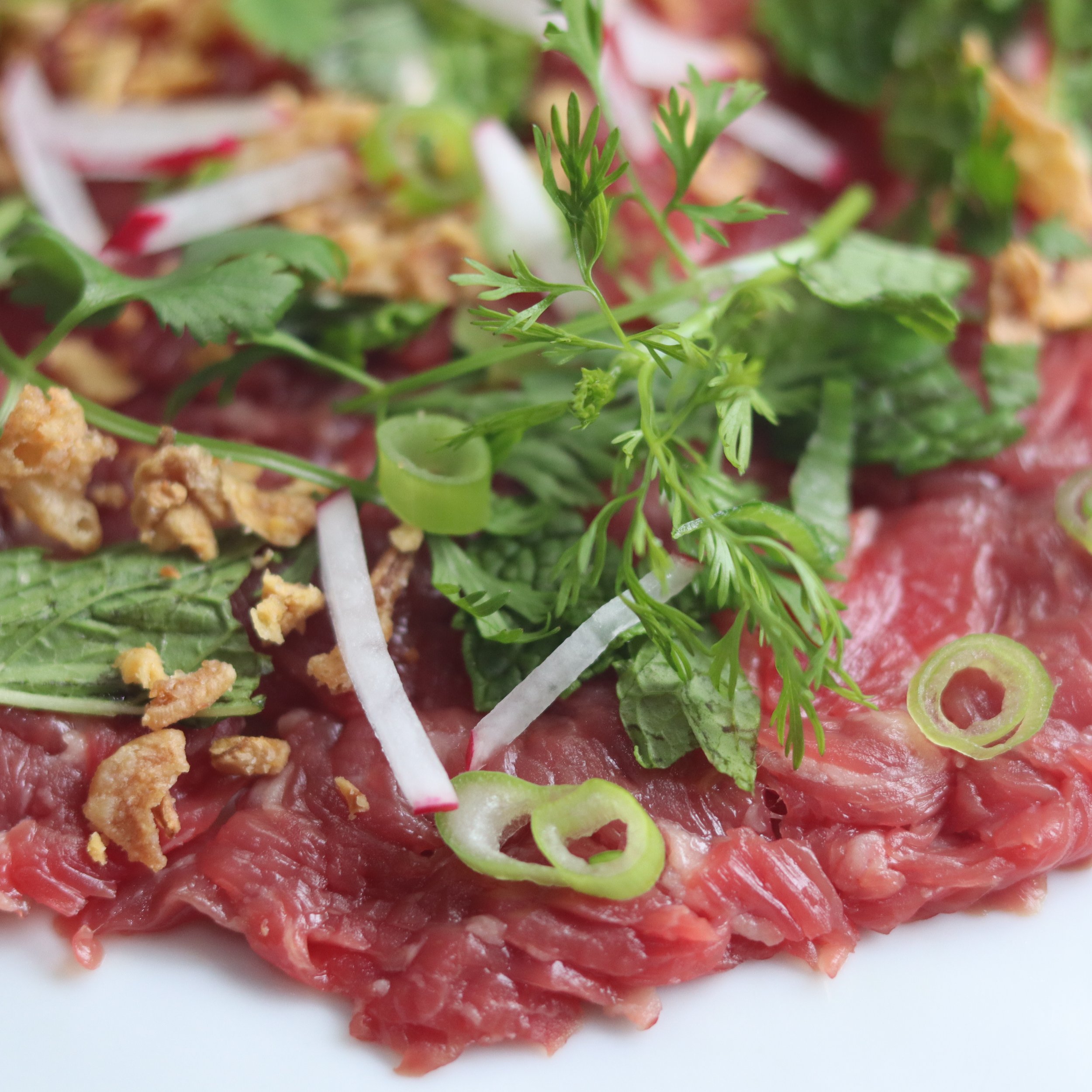














![Khổ Qua Xào [Stir Fried Bitter Melon] Khổ Qua Xào [Stir Fried Bitter Melon]](https://i.imgur.com/AYewY5Q.jpg)







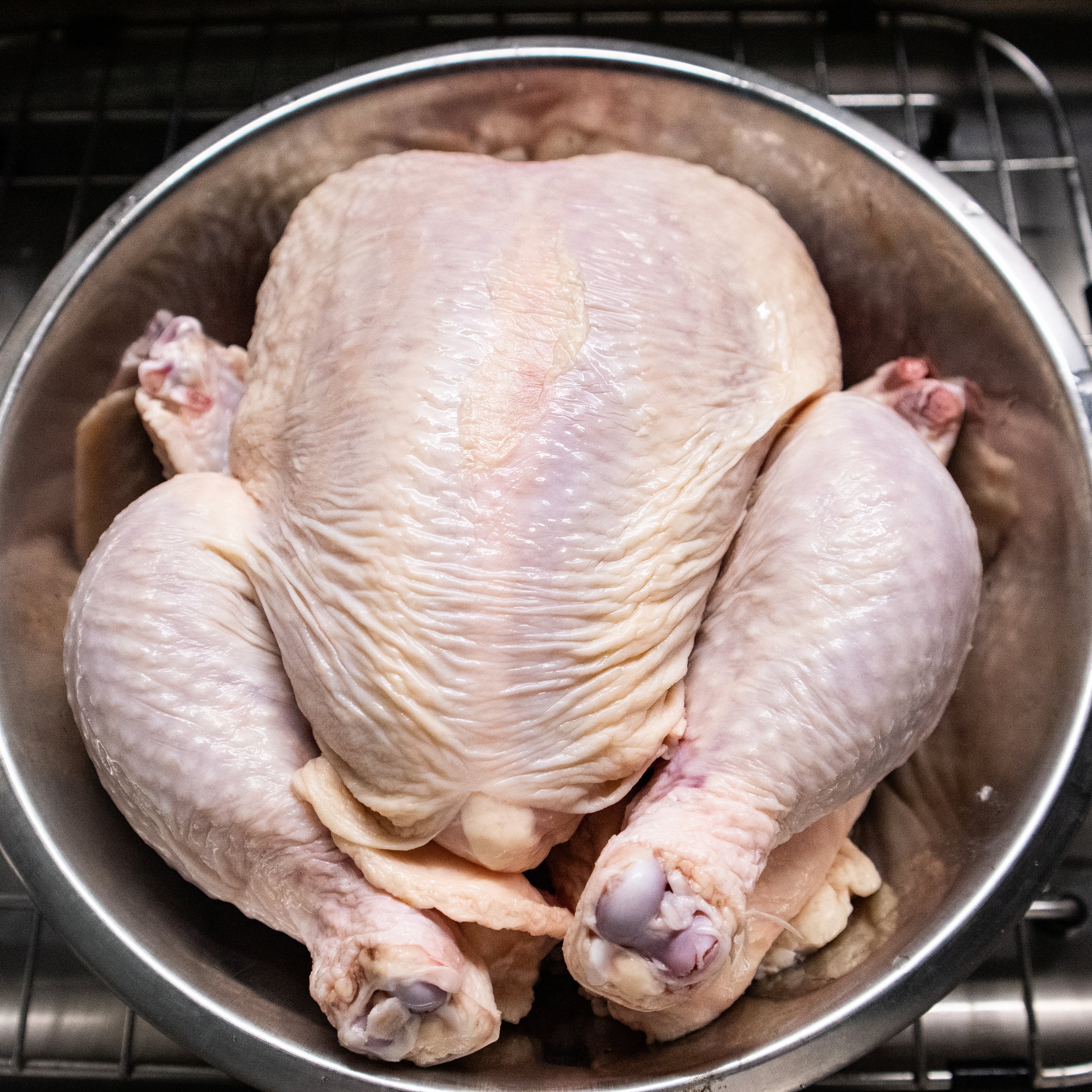



















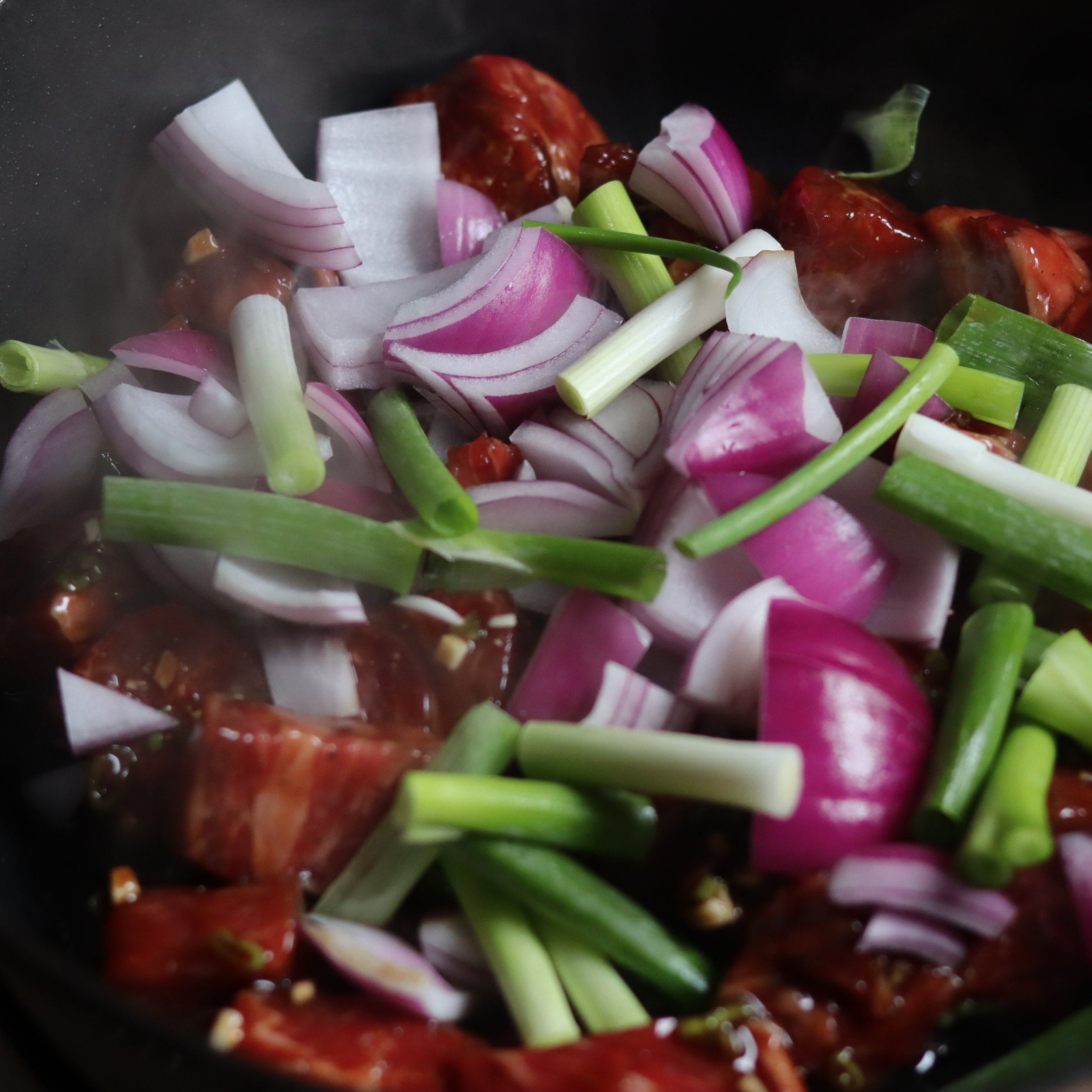


![Shaking Beef [Bò Lúc Lắc] Shaking Beef [Bò Lúc Lắc]](https://i.imgur.com/6TObp8O.jpg)






